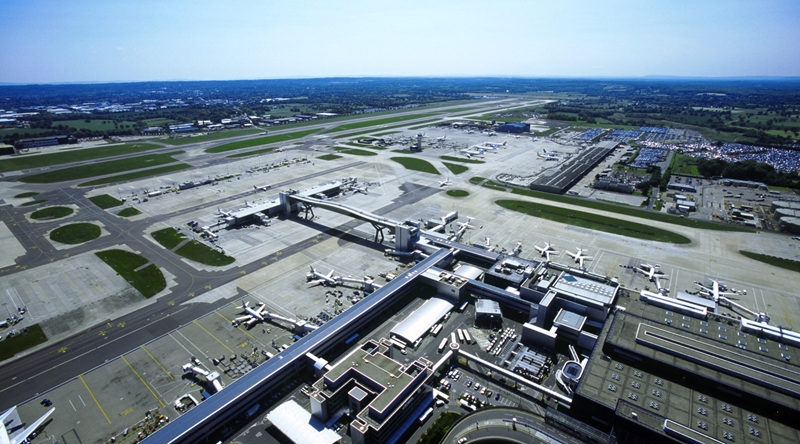Under performance of ground handling leads to delays that cost the aviation industry billions of dollars a year, but Gatwick has become the first airport in the world to reduce delays and improve on-time performance with the help of computer vision, directly on the apron.
The apron AI technology, from Assaia, uses computer vision cameras pointing down to the stands on the apron to detect the events that make up an aircraft turn process – aircraft on stand, jet bridge connected, doors open, fuelling started, catering truck connected, push back tug connected etc.
Typically, more than 10 stakeholders have to synchronise their activities to turn an aircraft around on stand. In order to minimise the turn-around time, the overall process needs to be optimised across multiple organisations. This needs to be done at a granular level for each aircraft type, each airline and each type of stand. A key part of any optimisation initiative is accurate and unbiased measurements of key activities. Unbiased, accurate and automatic measurements of turn events is what computer vision technology enables for airports, airlines and ground handlers. Applying machine learning would then enable process optimisation and timely intervention.
Currently, the AI technology primarily relies on visual data from off-the-shelf cameras.
Abhi Chacko, Head of Innovation, Gatwick Airport Limited, has led several AI initiatives at Gatwick Airport over the last couple of years. AI apron technology is just another leap Gatwick has made to ensure efficiency of operations. Chacko said: “AI, in this case computer vision coupled with machine learning, was conceived as a tool to understand natural world and ultimately optimise highly complex systems. Airside operations are a great example of such a complex system. Considering the likely growth in air traffic coming our way, the earlier we start using AI to improve our operations, the more successful we will be as an airport”…



